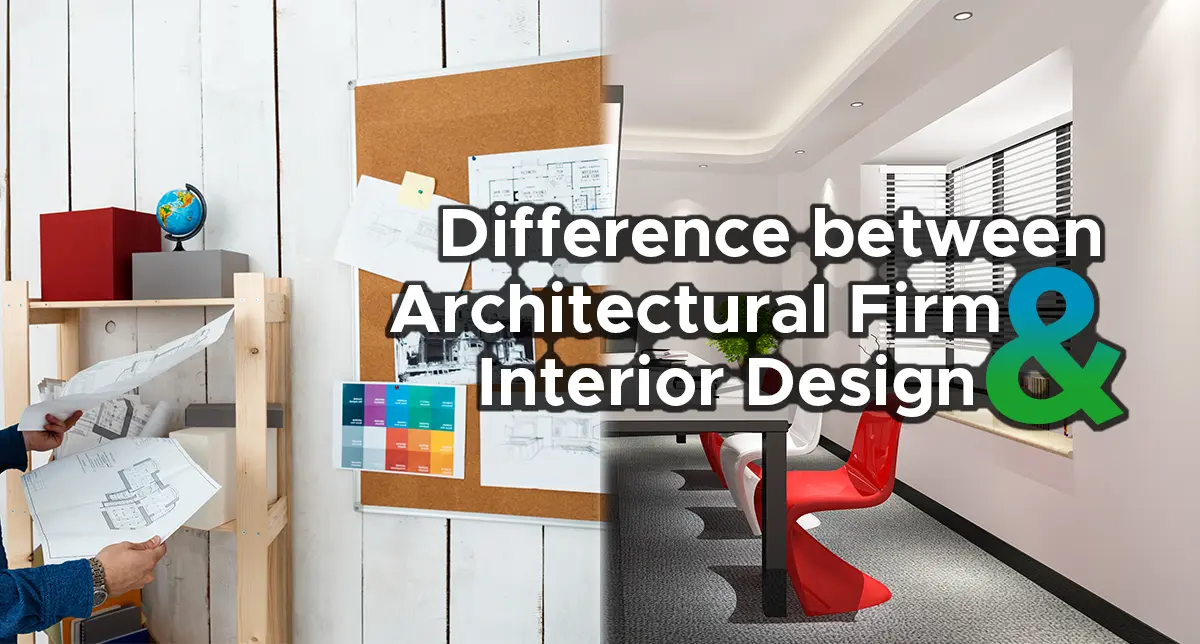The Art of Equilibrium: How Interior Design and Home Architect Collaborate for Stunning Outcomes
In the world of home design, striking an equilibrium in between aesthetic appeals and capability is no little task. This fragile equilibrium is attained through the harmonious collaboration between interior designers and engineers, each bringing their unique know-how to the table. The result? Rooms that are not only aesthetically stunning yet additionally very livable. However, this ideal blend is not always simple to obtain. Remain with us as we discover the details of this collective procedure and its transformative effect on home layout.
Understanding the Core Distinctions In Between Interior Design and Home Style
While both interior layout and home design play important duties in creating visually pleasing and practical spaces, they are inherently different self-controls. It deals with the 'bones' of the framework, working with spatial dimensions, load-bearing walls, and roof covering styles. On the other hand, indoor layout is a lot more concerned with improving the sensory and visual experience within that framework.
The Harmony Between Home Architecture and Interior Decoration
The synergy between home architecture and Interior Design hinges on a shared vision of design and the improvement of useful looks. When these 2 fields straighten sympathetically, they can transform a space from average to extraordinary. This partnership calls for a deeper understanding of each self-control's concepts and the capacity to produce a natural, aesthetically pleasing setting.
Unifying Style Vision
Unifying the vision for home design and interior design can produce a harmonious living area that is both useful and aesthetically pleasing. It advertises a synergistic method where architectural aspects complement indoor design elements and vice versa. Hence, unifying the layout vision is critical in blending style and indoor design for sensational outcomes.
Enhancing Practical Looks
Exactly how does the harmony in between home architecture and interior design enhance useful visual appeals? Designers lay the groundwork with their structural layout, making sure that the space is reliable and useful. A designer may design a house with high ceilings and large home windows.
Value of Partnership in Creating Balanced Spaces
The cooperation between interior designers and architects is pivotal in creating well balanced spaces. It brings consistency between layout and architecture, bring to life rooms that are not just cosmetically pleasing yet additionally functional. Exploring successful joint techniques can give insights into how this synergy can be successfully accomplished.
Integrating Style and Architecture
Equilibrium, a vital element of both indoor style and architecture, can only truly be achieved when these 2 areas work in consistency. This collaborative process results in a cohesive, balanced design where every aspect adds and has a purpose to the general visual. Balancing style and design is not simply regarding developing beautiful rooms, yet regarding crafting areas that over here function seamlessly for their citizens.
Successful Joint Strategies

Instance Studies: Effective Integration of Style and Style
Examining a number of study, it ends up being obvious how the effective integration of Interior Design and style can transform an area. The Glass Residence in Connecticut, renowned for its minimalistic elegance, is one such instance. Designer Philip Johnson and indoor developer Mies van der Rohe collaborated to create a harmonious balance in between the interior and the framework, resulting in a seamless circulation from the exterior landscape to the inner living quarters. One more prototype is the Fallingwater Home in Pennsylvania. Engineer Frank Lloyd Wright and indoor developer Edgar Kaufmann Jr.'s collaborative efforts result in a stunningly special home that blends with its natural environments. These situation research studies underscore the extensive impact of a successful design and design partnership.

Getting Over Obstacles in Design and Style Collaboration
Regardless of the indisputable advantages of a successful collaboration in between Interior Design and architecture, it is not without its obstacles. Communication concerns can emerge, as both celebrations may use different terms, understandings, and strategies in their work. This can result in misconceptions and hold-ups in project completion. Another his response major obstacle is the balancing act of aesthetic appeals and performance. Designers might focus on structural stability and security, while developers concentrate on convenience and design. The assimilation of these objectives can be intricate. Furthermore, budget plan and timeline restraints commonly include stress, potentially triggering rifts in the collaboration. As a result, reliable interaction, common understanding, and concession are important to get over these obstacles and attain a successful and unified cooperation.

Future Fads: The Progressing Relationship In Between Home Architects and Interior Designers
As the world of home layout continues to progress, so does the relationship between designers and indoor designers. Alternatively, indoor designers are embracing technological aspects, influencing overall format and capability. The future promises a much more cohesive, innovative, and adaptive approach to home design, as developers and designers continue to obscure the lines, cultivating a connection that absolutely symbolizes visit site the art of equilibrium.
Verdict
The art of balance in home style is achieved via the harmonious cooperation in between interior developers and architects. In spite of challenges, this partnership promotes growth and innovation in design.
While both indoor design and home architecture play important roles in developing visually pleasing and useful rooms, they are naturally various disciplines.The synergy in between home design and interior layout exists in a common vision of design and the enhancement of practical aesthetics.Unifying the vision for home architecture and indoor design can develop an unified living room that is both practical and visually pleasing. Therefore, unifying the style vision is essential in blending architecture and interior style for magnificent results.
Exactly how does the harmony between home style and indoor style enhance practical aesthetic appeals? (Winchester architect)